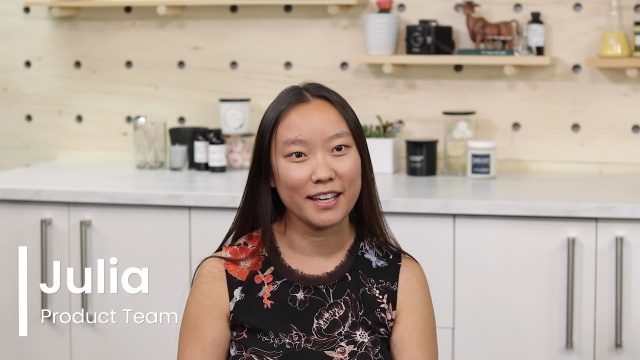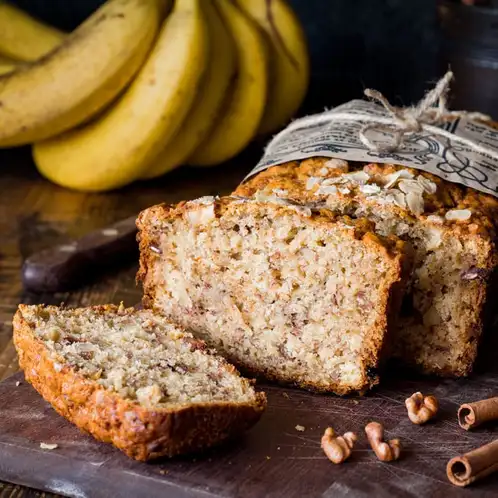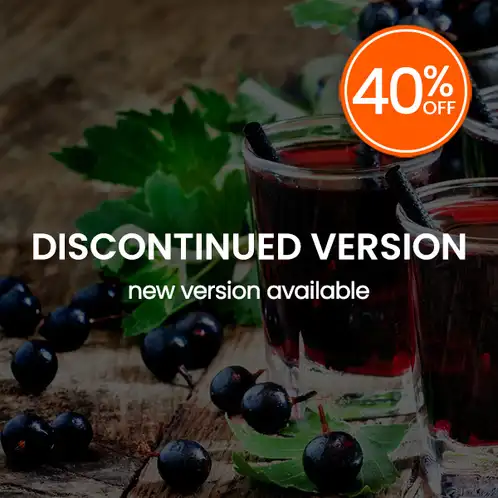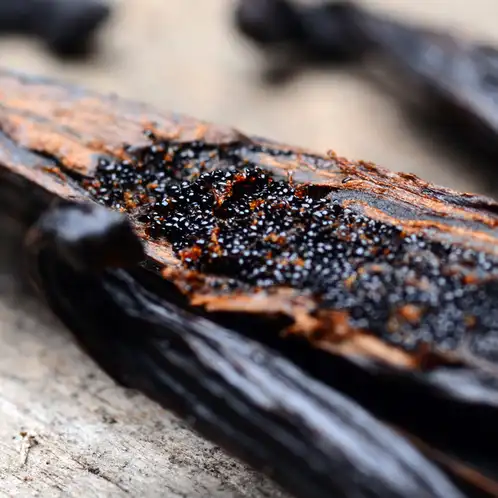Phthalate-Free Fragrance Oils from CandleScience

It’s official. Our fragrance line is completely, totally, 100% phthalate-free.
This project wasn’t easy. Over ten years. At least 50 fragrances in need of revising or replacing. Hundreds of potential replacements rejected. Thousands of hours of evaluating, testing, and reformulating.
So...why? Why did we take on a project that’s so costly and time-consuming—not to mention, disruptive to you and your businesses?
The short answer: Beginning several years ago, we embarked on a deep dive into the chemistry of fragrance, and we were not happy with some of the things we discovered.
Many of the fragrances that we sold, that we loved, that we used in our own candle and soap lines, that we used in our homes and around our families, had ingredients that simply weren’t great. The main offender? Phthalates.
For many years, phthalates and the fragrances that contained them were considered acceptable by industry leaders and standards. Many within the industry still consider them acceptable. But faced with what we learned, we could no longer accept “acceptable.”
What exactly are phthalates? Why do we care about them?
Phthalates, or phthalate esters, are a group of chemicals with a variety of different uses and applications. The most common use is in the manufacturing of plastics to make them more flexible and durable, but phthalates can be found in pharmaceuticals, building materials, cleaning products, and other household goods.
.png)
.png)
 (1).png)
As candle and soap makers, we are primarily concerned with the phthalates that are used in cosmetic applications: dibutyl phthalate (DBP), dimethyl phthalate (DMP), and diethyl phthalate (DEP). This is an important distinction because of the three, only DEP is still commonly used in fragrance. We’ve seen companies make claims of being “phthalate-free,” only to specify in the fine print they are free of dibutyl phthalates—a misleading statement since DBP is not typically used in fragrance to begin with.
Diethyl phthalates were used extensively in the fragrance industry in the past, primarily as solvents to dissolve the raw materials that go into fragrance formulations. Another common function is increasing the hot throw of a fragrance in soy wax. Not only are diethyl phthalates very effective at these jobs, they’re also widely available and inexpensive.
Over the last decade or so, more and more research has been done on the effects of phthalates on human health. In addition to their status as endocrine disruptors, phthalates are linked to increased risk of breast cancer, fertility issues, and other health problems. The research into the health risks of exposure to phthalates is ongoing, but it’s clear to us that if we can remove these risks from the equation entirely, we should.
Are we being overly cautious with this project? We’ve asked ourselves that many times. When handled carefully in areas with proper ventilation, when burned under ideal conditions, when disposed of properly, the risks posed by fragrances containing phthalates are low. But we get lots of emails and messages from our customers. From kids making candles for school fundraisers. About dogs eating candles, cats getting a little too curious about fragrances. With pictures that show people making candles in their kitchens, or basement workshops, or converted storage sheds.
We see all these examples and more of non-ideal conditions, applications, and handling procedures. We can give our best advice and share best practices, but we cannot control how our fragrances are used and under what conditions. What we can control is the ingredients in our fragrances.

Development
When we began our project to remove phthalates from our fragrance oil line in 2009, we knew it would be a long and arduous process. But encouragement came from our community because candle and soap makers started becoming aware of phthalates, too. We received questions here and there about phthalates, but as the project began we saw an uptick in both general inquiries about phthalates and requests for phthalate-free versions of our fragrances.
One of the first things we did was to draw our line in the sand with new fragrance launches; beginning in 2010, we required all new fragrances we added to our line to be phthalate-free. While this restricted the fragrances available for us to evaluate and test, it was a simple step compared to the work of revising our existing fragrances.
It quickly became apparent that undertaking the revision process was not something we’d like to repeat if we could help it, so we took the opportunity to look at other ingredients that go into fragrance and assess the risk they may pose, or maybe shown to pose in the future. These are materials included on the state of California’s Proposition 65 list as well as “Prop 65-like” materials, and others that we identified as potentially problematic.
Needless to say, our Product Development team had quite the task in front of them.
As Dan spoke about in the video above, phthalates are used in fragrances because they’re very effective and very inexpensive, meaning that removing them wasn’t as simple as just taking them out. Other solvents that can replace DEP (diethyl phthalate) might not perform the same or may have a different smell, or just won’t function in a candle application. Sometimes DEP may be added to a raw material that makes up a larger ingredient in a fragrance, so the entire ingredient must be replaced. Or, DEP may be a crucial ingredient for helping the fragrance throw well. The whole fragrance must be rebalanced.
Options are out there, but we definitely had to get creative with some scents. Take Mistletoe, for example.
Moving Forward
Our phthalate revision project is, at long last, complete, but our work is far from over. As we mentioned, phthalates are only the first chapter in this story. We have always been committed to having the safest, highest quality, most thoroughly tested fragrance line in our industry. We did this work—and will continue it—because it matters.
When we decided to launch this project two years ago, we knew it wouldn’t be easy. It cost us a lot of time, money, and probably some customers, too. But we are responsible for the products we sell, and if we aren’t striving to make them as good as they can possibly be, we aren’t fulfilling the mission we set out on years ago. We want our community to experience the joy of creating something amazing, confident that they are using the safest supplies on the market.
Regulations are always changing, and we will keep responding as new information and research becomes available. This particular project may be done, but the work continues.












